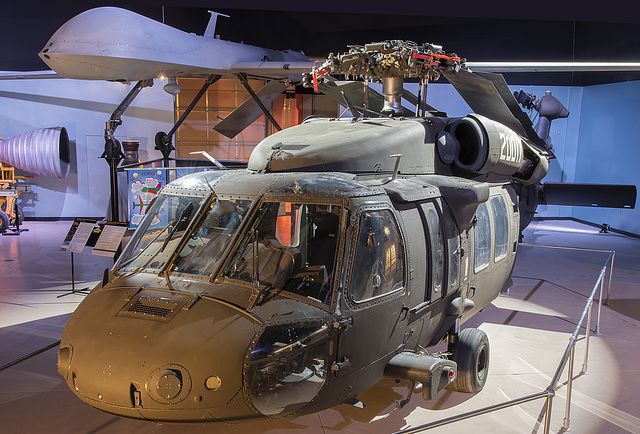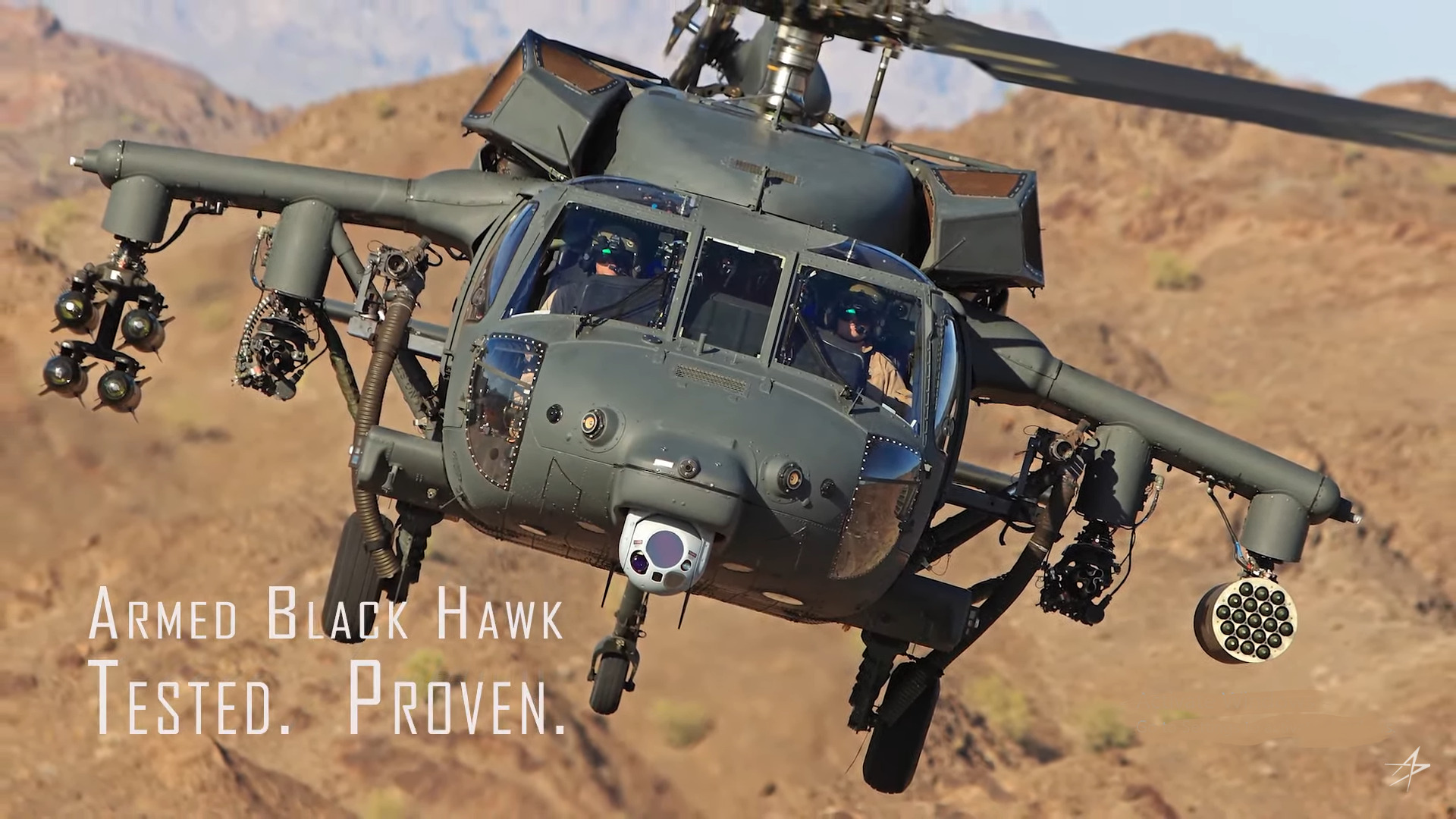How the UH 60 Revolutionized Tactical Air Mobility and Combat Support
How the UH 60 Revolutionized Tactical Air Mobility and Combat Support
Blog Article
Checking Out the History and Development of the UH 60 Helicopter

Origins of the UH-60
The beginnings of the UH-60 helicopter can be mapped back to the late 1960s, a duration noted by the demand for a functional utility aircraft that could adapt to the developing demands of contemporary warfare. The U.S. Army recognized the requirement for a replacement for the older UH-1 Iroquois, which was coming to be increasingly inadequate for the complexities of contemporary fight circumstances. In 1967, the Military launched the Utility Tactical Transport Airplane System (UTTAS) program, which sought to develop a multi-role helicopter with the ability of various goals, including troop transport, clinical discharge, and logistical assistance.
The layout competitors drew in a number of aerospace producers, however it was Sikorsky Aircraft Firm that eventually protected the contract in 1972. The UH-60 Black Hawk was introduced, showcasing cutting-edge layout aspects and advanced technology that established it in addition to its precursors. Its first flight took place in 1974, and the airplane was officially taken on by the Military in 1979. The UH-60 rapidly gained acknowledgment for its robust performance, integrity, and flexibility, leading the way for its extensive usage in military procedures and solidifying its status as a keystone of U.S. Military air travel.
Secret Layout Features
Ingenious style attributes of the UH-60 Black Hawk considerably add to its functional effectiveness. Among the most significant aspects is its twin-engine setup, which boosts reliability and supplies a greater power-to-weight ratio, allowing the helicopter to execute under various problems. The airplane's four-blade main rotor system uses improved lift and maneuverability, essential for tactical missions.

In addition, the cabin is created for ideal exposure and functional designs, featuring sophisticated avionics that simplify pilot operations. The modular design of the UH-60 enables simple maintenance and flexibility, making it ideal for different mission accounts, from army transportation to medevac procedures. These key style features make sure that the UH-60 Black Hawk continues to be a dependable and functional asset in armed forces aeronautics, with the ability of satisfying the needs of modern warfare.
Technical Developments
Current technical advancements in the UH-60 Black Hawk have substantially boosted its operational abilities and adaptability. The assimilation of advanced avionics, such as digital flight control systems and improved situational recognition display screens, allows pilots to operate with enhanced precision and effectiveness. These systems promote improved navigation, communication, and data sharing, enabling the helicopter to work properly in varied settings.
Additionally, the introduction of composite materials has decreased the general weight of the aircraft while preserving structural stability. This reduction improves fuel effectiveness and expands operational array. The unification of advanced rotor technology, consisting of the usage of four-blade, completely articulated rotor systems, has improved lift performance and ability to move, enabling far better handling in different flight problems.

Additionally, innovations in propulsion systems, such as the T700-GE-701D engines, have actually boosted power outcome and dependability - uh 60. These engines contribute to exceptional performance in high-altitude and hot-weather problems
Finally, the combination of self-defense systems and improved sensing unit plans boosts the Black Hawk's survivability and objective effectiveness. Jointly, these technical enhancements guarantee that the UH-60 Black Hawk continues to be an essential asset in modern-day air travel, efficient in adjusting to the progressing demands of humanitarian and army objectives.
Role in Armed Force Workflow
As the backbone of united state Army aeronautics, the UH-60 helicopter plays an important role in numerous armed forces procedures, working as a versatile system for combat assistance, transportation, and medevac objectives - uh 60. Its design includes the capability to run in diverse atmospheres, making it vital for troop motion and logistical support in both non-traditional and standard warfare

In clinical evacuation scenarios, the UH-60 has actually verified indispensable, substantially decreasing the time to move injured soldiers from the combat zone to clinical facilities. Its innovative avionics and evening vision capabilities further make sure objective success under challenging problems. In general, my blog the UH-60 helicopter continues to be a crucial asset, continually adjusting to meet the advancing demands of army operations and enhancing the efficiency of U.S. pressures worldwide.
Future of the UH-60
Looking ahead, the future of the UH-60 helicopter entails significant advancements in innovation and capabilities created to enhance its functional performance. As armed forces procedures advance, the UH-60 is expected to incorporate cutting-edge modern technologies, consisting of improved avionics, improved weapons systems, and progressed communication devices. These enhancements will certainly permit higher situational awareness and objective flexibility, guaranteeing that the UH-60 continues to be a vital possession on the battlefield.
One significant growth is the integration of fly-by-wire systems, which will boost trip control precision and decrease pilot workload. Initiatives to update the airframe and engines intend to increase rate, payload, and range ability, thereby expanding the helicopter's operational scope.
The future also holds promise for enhanced interoperability with unmanned aerial systems (UAS), allowing coordinated missions that utilize both manned and unmanned capacities. Furthermore, the incorporation of expert system and artificial intelligence could optimize trip characteristics and upkeep procedures, bring about reduced functional expenses.
Final Thought
The UH-60 Black Hawk helicopter stands for a substantial success in armed forces aeronautics, developing from the U.S. Army's first needs for a flexible utility aircraft. Its ingenious layout features and continual technological advancements my company have ensured its relevance in numerous military operations over the decades. As the demands of modern warfare change, the future of the UH-60 will likely entail additional enhancements and adjustments, reinforcing its condition as an important property for armed forces worldwide.
The UH-60 Black Hawk helicopter represents a substantial landmark in military aeronautics, emerging from the United state Military's mission for a more versatile and reputable utility airplane in the late 20th century.The origins of the UH-60 helicopter can be traced back to the late 1960s, a period noted by the need for a flexible energy aircraft that could adjust to the evolving demands of modern warfare. Generally, the UH-60 helicopter continues to be a vital possession, continuously adapting to fulfill the developing demands of military operations and boosting the efficiency of United state pressures worldwide.
Looking in advance, the future of the UH-60 helicopter includes significant advancements in innovation and capabilities made to enhance its functional efficiency.The UH-60 Black Hawk helicopter stands for a substantial success in military aviation, developing from the U.S. Army's initial demands for a versatile utility aircraft.
Report this page